The art world is witnessing a radical transformation as quantum physics principles leap from laboratories into gallery spaces. "Quantum Art Projection: Superposition State Light Shadow Experiment" has emerged as a groundbreaking exhibition challenging perceptual boundaries by materializing theoretical quantum concepts through immersive installations. Curated by the CERN-adjacent art collective Entangled Vision, this traveling exhibition has already caused seismic shifts in how audiences interact with both art and scientific abstraction.
At the heart of the exhibition lies a twelve-meter quantum projection chamber where polarized light interacts with suspended nano-crystals in superfluid helium. Unlike conventional projections, these light patterns exist in literal superposition—each photon path simultaneously creates and negates adjacent patterns until observed. Visitors report the unnerving sensation of the artwork changing in response to their gaze, a phenomenon lead artist Dr. Elara Mikkelsen describes as "the Copenhagen interpretation made visceral". The effect is achieved through quantum dot matrices that maintain coherence for unprecedented 8.3-second intervals at room temperature.
The Munich iteration introduced a controversial observer effect installation where multiple viewers collectively collapse the artwork's waveform. Motion-capture systems track audience density and movement vectors, feeding data into quantum algorithms that determine which possible configuration manifests. During its Tokyo showing, the piece famously remained in unresolved superposition for 47 minutes when gallery-goers spontaneously organized into perfectly counterbalancing groups—an occurrence that sparked academic papers across physics and sociology disciplines.
Perhaps most startling is the exhibition's quantum entanglement corridor, where paired particles separated by fifteen meters instantaneously mirror state changes. Visitors carry polarized filters that alter one particle's spin, causing its twin to respond in real-time. This creates a chain reaction of light patterns that physicist-turned-artist Javier Ruiz compares to "a conversation where the medium is causality itself". The installation required custom-built ion traps and remains the largest macroscopic demonstration of entanglement outside research facilities.
Critics remain divided about whether these works constitute art or scientific demonstration. The New York Times' art critic praised the exhibition as "the first authentic 21st-century aesthetic movement", while Nature Physics' editorial board cautioned against "theatrical interpretations of serious science". This tension manifests physically in the Schrödinger's Critique interactive piece—a review terminal displaying both positive and negative evaluations simultaneously until the reader makes their selection.
Behind the scenes, maintaining quantum coherence in public spaces presents extraordinary challenges. The exhibition travels with its own cryogenic infrastructure and employs former particle accelerator technicians as "quantum conservators". A recent incident at the Seoul Museum of Art saw an entire installation temporarily decohere when a visitor's smartphone emitted unexpected electromagnetic interference—a occurrence now incorporated into the work's documentation as "an impromptu demonstration of environmental quantum noise".
As the exhibition prepares for its final showing at CERN itself, physicists are collaborating with the artists to incorporate actual particle collision data into the projections. This development raises profound questions about art's role in demystifying quantum phenomena. Can aesthetic experience convey scientific truths that equations cannot? The project's lead researchers report measurable increases in public comprehension of quantum principles—visitors scoring 28% higher on conceptual tests after viewing the exhibition.
What began as an avant-garde experiment has sparked a paradigm shift in science communication. Major institutions from the Smithsonian to the Max Planck Society are now developing their own quantum art initiatives. As Mikkelsen observes while adjusting a Heisenberg compensator: "We're not illustrating physics anymore—we're doing physics. The gallery just happens to be our collider." This blurring of boundaries between laboratory and studio may well define the next era of both disciplines.

By /Jul 9, 2025
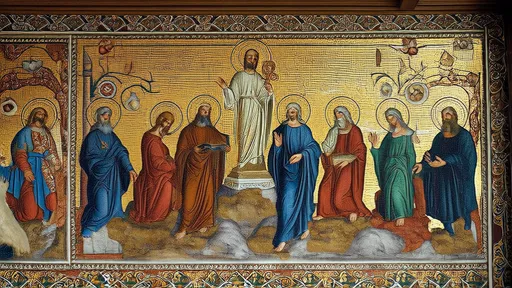
By /Jul 9, 2025
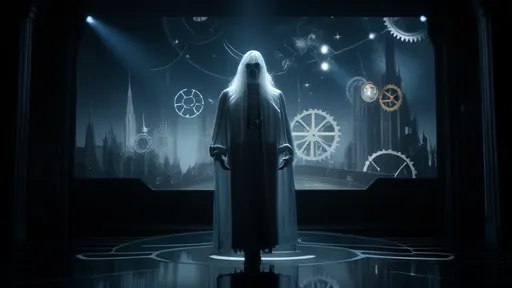
By /Jul 8, 2025

By /Jul 8, 2025
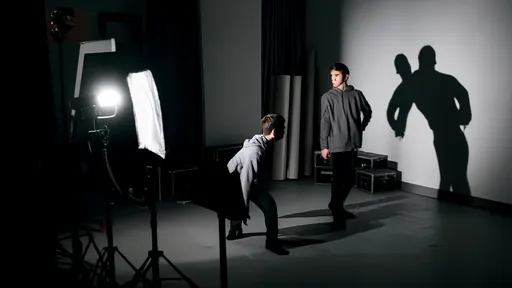
By /Jul 8, 2025
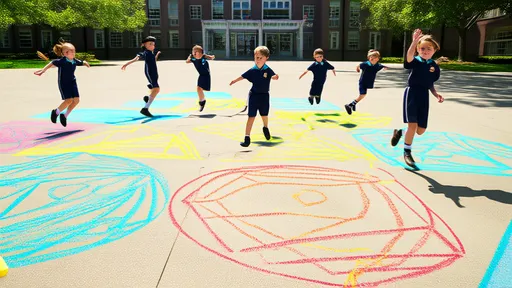
By /Jul 8, 2025

By /Jul 8, 2025
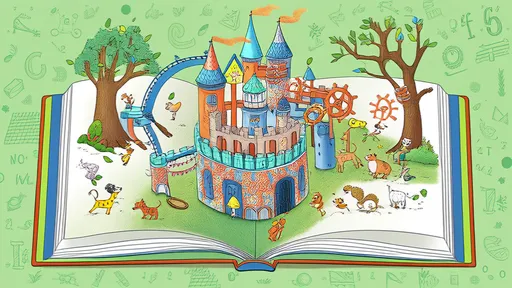
By /Jul 8, 2025

By /Jul 8, 2025

By /Jul 8, 2025
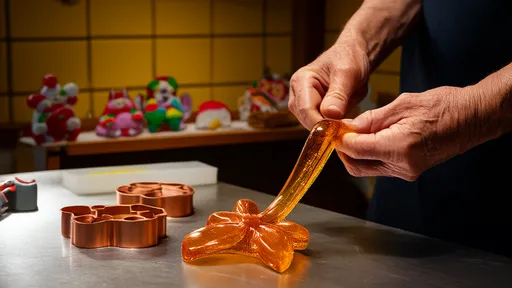
By /Jul 8, 2025
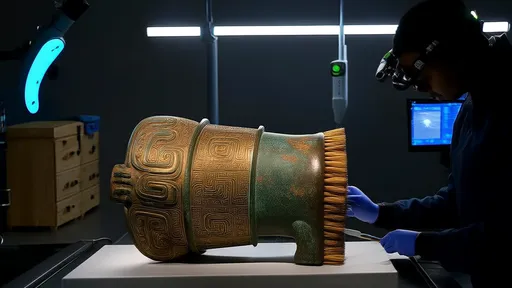
By /Jul 8, 2025
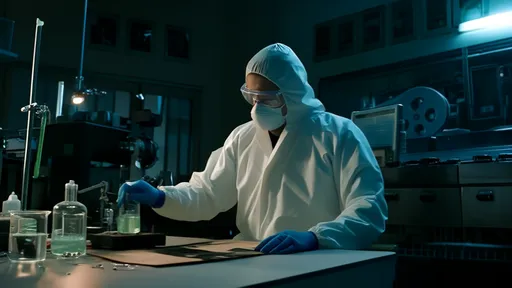
By /Jul 8, 2025
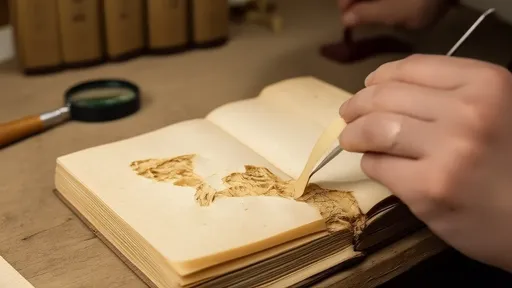
By /Jul 8, 2025

By /Jul 8, 2025

By /Jul 8, 2025
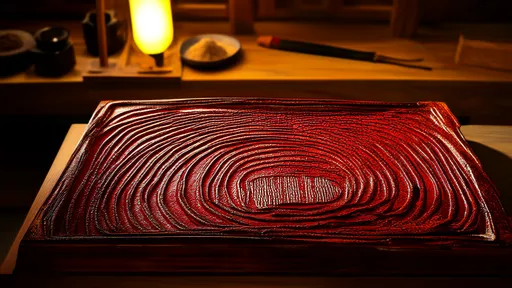
By /Jul 8, 2025
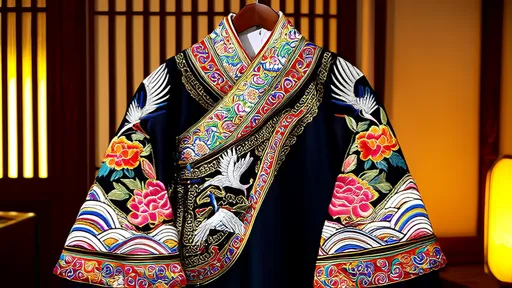
By /Jul 8, 2025